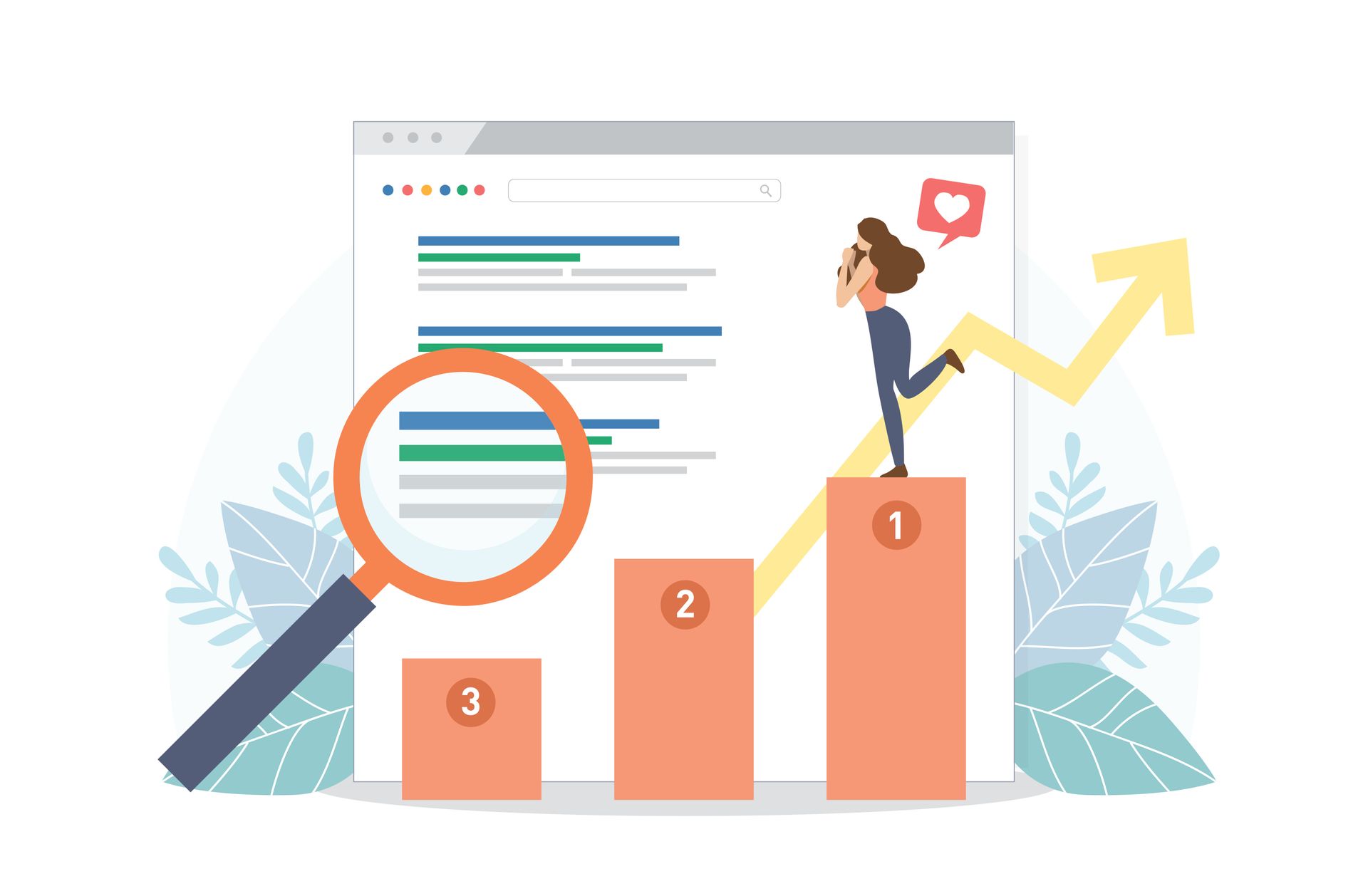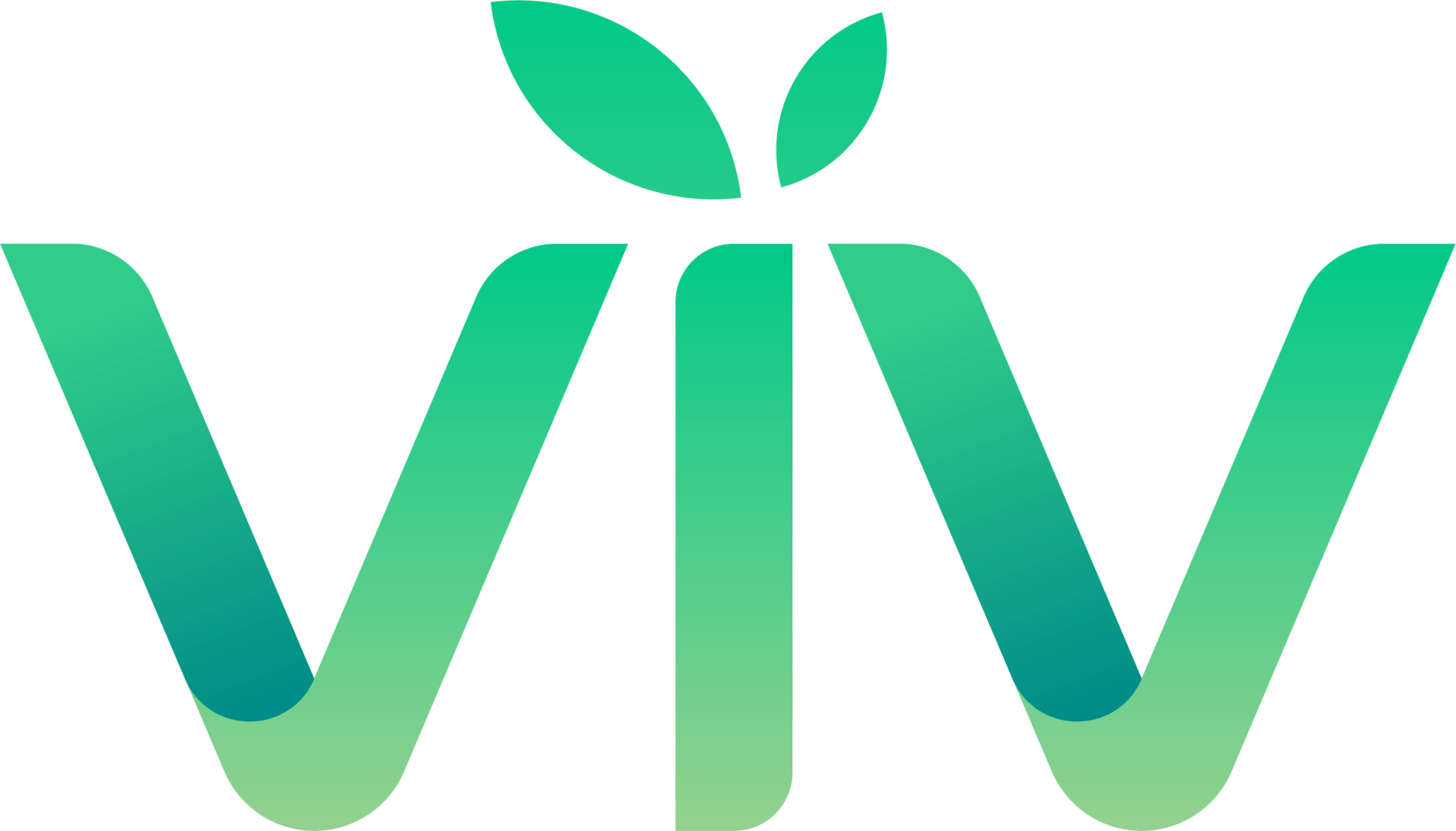Blog Layout
Updates to VIV’s Websites for Google’s New Lighthouse Test
info • Apr 11, 2020
Updates to VIV’s Websites for Google’s New Lighthouse Test

One of the main themes that permeates nearly everything we do at VIV is speed. We constantly ask ourselves big questions like, “How can we help web pros build websites faster?” and “How can we get those websites to load more quickly?” It’s the latter of these questions that we would like to take a few moments to address today as Google has given site load times (often referred to as ‘pagespeed’) more and more importance as an SEO ranking factor over the past year. But first, a little background…
As you may know, Google’s new Lighthouse site testing tool aims to deliver a robust and holistic view of how a website performs in the real world and issue a score accordingly. One of the key factors the test takes into account is how fast a website loads across desktop and mobile and we believe that fast loading websites are a key driver of a successful web presence.
It’s important to note that all of the previous work we’ve done to achieve these scores is still as relevant today as when it was implemented.
But of course, with a new test comes new benchmarks and we’d like to take this opportunity to pull back the curtain a bit and go over a few things we’re working on to ensure every VIV website receives the best possible Lighthouse score moving forward.
So let’s dive in.
How VIV Is Getting Good with Lighthouse
After a fair amount of research, and far too many in-depth meetings, VIV’s team of developers and product managers sorted the tasks for improving our websites’ Lighthouse scores into two groups: those that could be classified as low-hanging fruit and addressed in the short-term, and those that would require a more fundamental reworking of how our sites are loaded.
Here are a few of the tasks we worked on first to help immediately improve your websites’ Lighthouse scores:
Improving Critical CSS & Removing Unused Fonts: When a visitor used to land on a VIV website, some Google fonts would load the entire Unicode range. This caused many sites to slow down, as the fonts were larger than necessary and often included characters that were not used on the actual website. We have improved the logic of how we include font ranges within the critical CSS generation. (Critical CSS is the styling that is required to load above the fold content). This improvement was deployed at the end of last year and roughly offers a 5% improvement in Lighthouse score.
Lazy Loading All Images Below the Fold: Historically, all images (except in Photo Galleries) on VIV websites were fully loaded when a visitor landed on a page. Now all images at the top of a site (above the fold) are marked as ‘important,’. All the remaining images (marked as unimportant) are set to load after the page finishes loading or as they come into view while scrolling. This improvement was released in January and currently provides about a 5-10% improvement in Lighthouse scores. However, the amount of improvement may vary based on the number of images on an individual page.
Lazy Loading CSS: VIV now sets CSS style sheets to load after a page loads. This enables the browser to better prioritize new styles and determine when they should be loaded and displayed on the page. This improvement was released in early January.
Lazy Loading for Widgets: Previously, the VIV platform loaded all of the widgets on a page right when a visitor arrived, and this often meant loading and executing external scripts or code bases. Today, we’ve implemented lazy loading for Facebook based widgets, so they only start to initialize upon entering a visitor’s viewport. Eventually, we plan to extend this behavior to all widgets on the platform, as there are many (such as our Map widget, Twitter and others) we know could greatly benefit from this functionality. This is an ongoing project and should result in general improvements for our sites’ Lighthouse scores as we make progress.
We’re very excited about these latest improvements and optimizations, and to take full advantage of them, we advise that VIV customers republish any existing websites they have on the platform. But as stated above, we’re not just going after the most immediate wins.
Below are two ideas we are currently exploring as a part of our efforts to ensure VIV sites blitz the pagespeed portion of Google’s new Lighthouse test.
Re-work core CSS & JavaScript: We are currently planning to re-work how we deliver JavaScript and CSS to websites. Instead of loading large chunks of code, our goal is to dynamically deliver only the necessary JavaScript & CSS based on what is actively being used on the page of a site. We expect this to have the biggest benefit of all of our endeavors and believe it sets us up for long-term site speed success.
New image format: We are currently investigating how much benefit converting uploaded images to the WebP format, in addition to JPG & PNG, will provide to VIV websites. WebP has about a 35% reduction in size as compared to JPGs, and has long been supported by Chrome with other browsers adding support all the time. However, our team will also ensure we have fallbacks in place for browsers that don’t support it yet. We don’t have an ETA yet — but as soon as we do, we’ll make sure you know.
At VIV, we firmly believe the importance of fast-loading websites will only increase with time. Consumers today, particularly on mobile, are less likely than ever to wait on websites to load before abandoning a page and returning to search results to find a better site experience. It is with this in mind that we will continue to optimize our platform to provide ever-better, feature-rich experiences that load as quickly as possible.
Let us know what you think of our latest speed improvements in the comments below and feel free to share any other concerns you have about VIV sites and Google’s new Lighthouse test.

16 May, 2023
In today's digital age, having a solid online presence is vital for the success of small businesses. A well-designed, user-friendly website helps you attract and engage potential customers and plays a crucial role in search engine optimization (SEO). In 2023, with evolving technology and changing consumer preferences, updating your website is more important than ever. In this article, we'll explore why small businesses must prioritize website updates this year to stay competitive and maximize their SEO efforts. Enhance User Experience: User experience (UX) is critical to website performance and SEO. As search engines become more sophisticated, they prioritize websites that provide excellent user experiences. Updating your website can improve navigation, load times, and mobile responsiveness, creating a seamless and enjoyable experience for your visitors. A positive UX will result in longer visit durations, lower bounce rates, and increased chances of conversion, all of which contribute to improved search engine rankings. Stay Ahead of Design Trends: Website design trends evolve rapidly, and outdated websites can appear unprofessional and drive potential customers away. Upgrading your website's design in 2023 allows you to incorporate the latest visual elements, modern layouts, and engaging multimedia content that captivate your target audience. A visually appealing and contemporary website reflects positively on your brand, increasing customer trust and credibility and ultimately improving your SEO efforts. Optimize for Mobile: Mobile internet usage has been steadily increasing, and search engines now prioritize mobile-friendly websites in their search results. Ensuring your website is optimized for mobile devices is crucial for SEO success in 2023. Responsive design, fast loading speeds, and easy navigation on smartphones and tablets will improve user experience and increase your website's visibility on search engine result pages (SERPs). By updating your website to be mobile-friendly, you can tap into a wider audience and boost your SEO rankings. Leverage Voice Search Optimization: The rise of voice-activated devices and virtual assistants has significantly impacted search behavior. More users are turning to voice search to find information, products, and services. To stay competitive, small businesses must optimize their websites for voice search in 2023. Upgrading your website to include conversational and natural language keywords, structured data markup, and concise, informative content tailored to voice queries will help you rank higher in voice search results, leading to increased organic traffic and visibility. Implement Structured Data Markup: Structured data markup, or schema markup, provides search engines with additional context about your website's content. By incorporating schema markup into your updated website, you can enhance search engine understanding, increase visibility in rich snippets, and improve click-through rates. Structured data can highlight key information such as product details, business hours, reviews, and events, making your website more informative and enticing for users and search engines. In 2023, updating your small business website is essential for maintaining a competitive edge and optimizing your SEO efforts. By enhancing user experience, adopting modern design trends, optimizing for mobile devices and voice search, and implementing structured data markup, you can position your website for success. Embrace the evolving digital landscape, cater to changing consumer preferences, and watch your website rise in search engine rankings, driving organic traffic and boosting your small business's growth and profitability.
We're Helping Local Businesses Succeed. Let’s grow together.
Get in touch today!
Let us know about your marketing goals and one of our marketing specialists will be in contact with you!
Browse Our Packages
We've been lucky to work with over 2,100+ businesses. Check out some of our packages!
CONTACT US
We bring the team to the table to provide the best value for your business strategy. We're experts at collaborating the many different moving parts of digital marketing so that you can be the expert at running your business.
(812) 618-9498
10999 Stahl Rd, Newburgh, IN 47630
USEFUL LINKS
All Rights Reserved | VIV
© 2024
Evolv, Inc, doing business as Evolv is a registered Independent Sales Organization of Wells Fargo Bank N.A., Concord, CA and Fifth Third Bank, N.A., Cincinnati, OH

